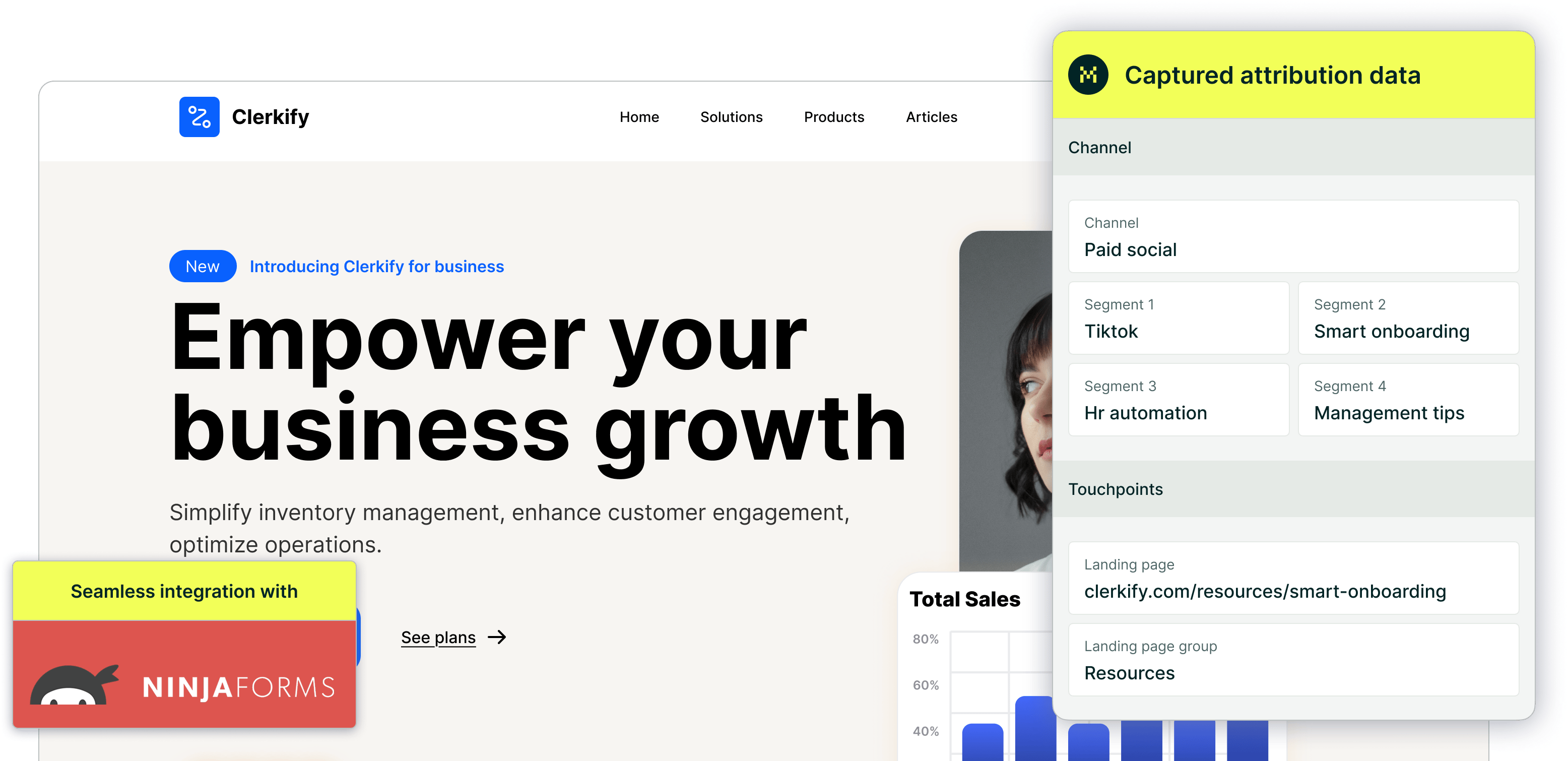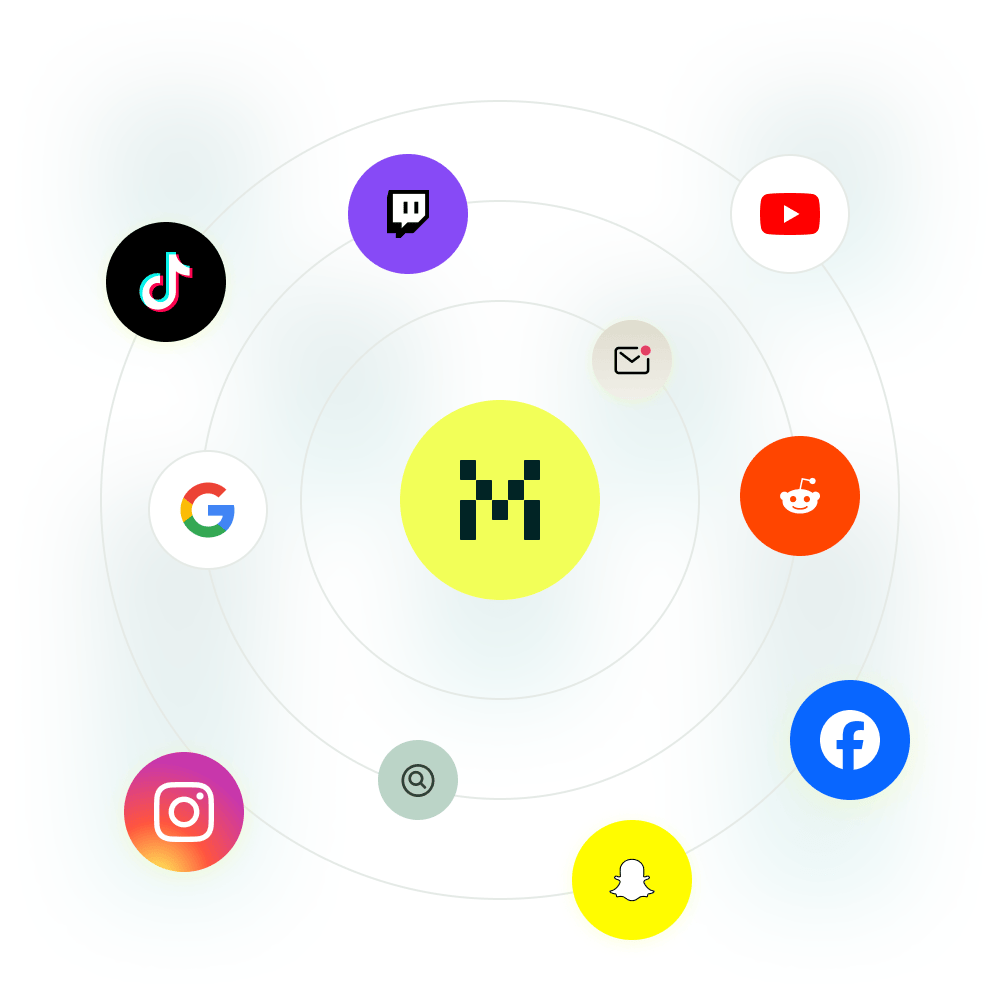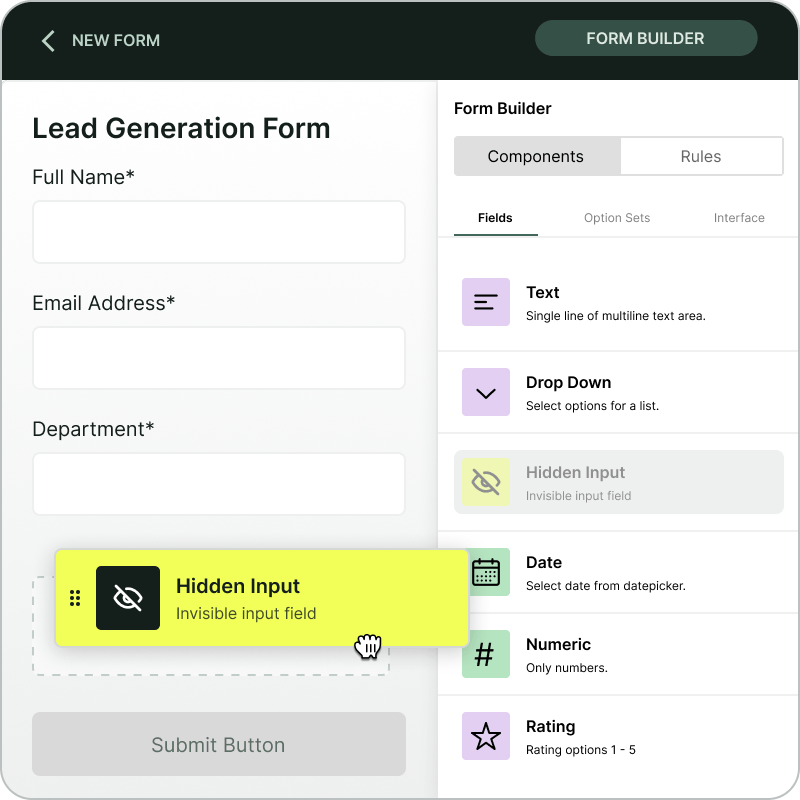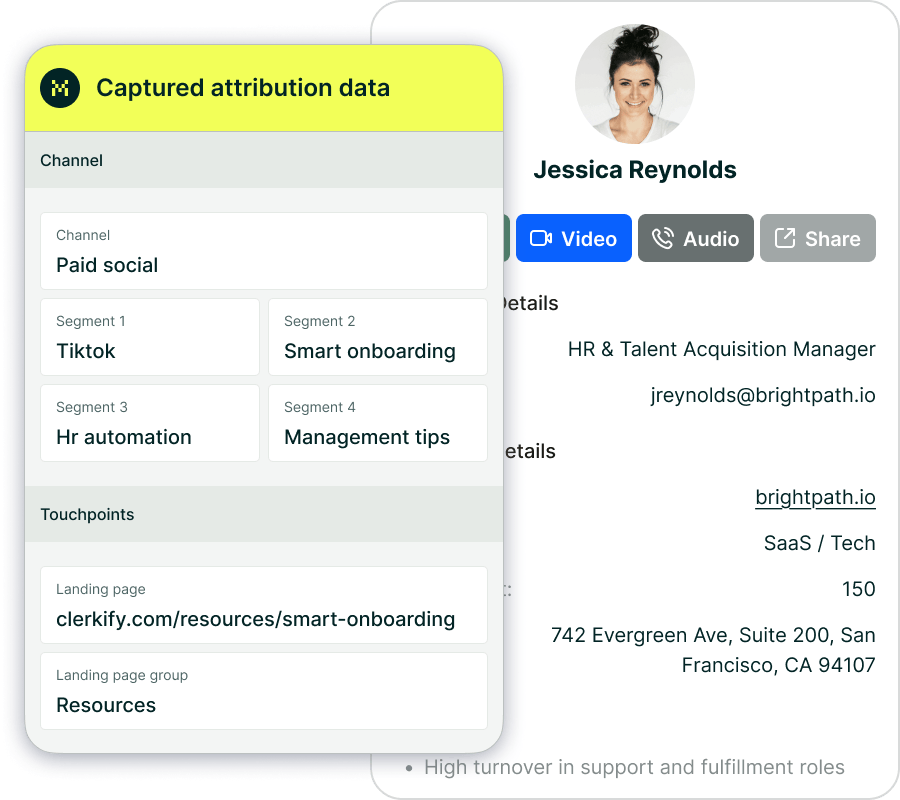Madlitics marketing channels


When a visitor lands on your site, Madlitics checks for UTM parameters and referring domains to determine the source of the visit. Each visit is then assigned to a default marketing channel based on a prioritized set of rules. These channel groups give structure to your traffic data and power attribution reporting throughout your funnel.
Madlitics determines how visitors arrive at your site by applying a structured set of logic checks. It prioritizes UTM parameters when available, and uses referrer data as a fallback to ensure every visit is categorized accurately.
utm_source, utm_medium, and others to identify the origin of the visit.This process helps ensure attribution data remains consistent and aligned across your reports, regardless of how traffic reaches your site.
Madlitics marketing channel groups are used to consistently classify visitor traffic across your site. Whether traffic comes from an ad, a social post, or a direct visit, each source is assigned to one of these channels—making it easier to compare campaign performance, track ROI, and make informed decisions.
🤝 Affiliates: Traffic from your network of affiliate partners.
🎙️ Audio: Visitors from podcasts, audio ads, or other streaming audio platforms.
🚗 Direct Traffic: People who type your URL directly into the browser—no link clicks involved.
🖼️ Display: Visits from banner ads and display ads around the web.
📧 Email Marketing: People who click on links in your email campaigns.
🔍 Organic Search: Free clicks (ie non-paid visits) from search engines like Google, Bing, or even cool new tools like Perplexity.
💬 Organic Social: Traffic from social platforms like TikTok, Snapchat, LinkedIn, Facebook, etc.
📺 Organic Video: Traffic driven by unpaid video content across video-sharing platforms.
🎯 Other Campaigns: Visitors from campaigns with URL parameters that don’t fit the main social, search, email, etc.
🔍 Paid Search: Visitors coming from paid ads on search engines (think Google Ads).
📱 Paid Social: Traffic from paid ads on social platforms like TikTok, Instagram, Snapchat, LinkedIn, Facebook, etc.
📹 Paid Video: Traffic from paid video ads on platforms like YouTube or Vimeo.
🔔 Push: Traffic from push alerts, app notifications, or in-browser notifications.
🌍 Referral: Visitors who land on your site after clicking links on other websites.
🛍️ Shopping: Traffic from shopping ads, marketplaces, or product listing platforms.
📲 SMS: Visitors clicking through links in text message campaigns.
Madlitics automatically classifies every website visit into standardized marketing channels.Classification is based on campaign parameters (UTMs), recognized traffic sources, and referrer domains.
Traffic from advertising campaigns where you’ve paid for placement.
📱 Paid Social – Visitors from paid ads on platforms like TikTok, LinkedIn, Facebook, Instagram, or Snapchat — Identified by utm_medium=paidsocial, utm_medium=cpc/ppc, or social ad click IDs like fbclid, ttclid.
🔍 Paid Search – Visitors from search engine advertising (Google Ads, Microsoft Ads, etc.). Identified by utm_medium=paidsearch, utm_source=adwords, or click IDs like gclid and msclkid.
🖼️ Display – Visitors from banner ads, programmatic campaigns, and other display placements. Identified by utm_medium=display, utm_medium=banner, or utm_medium=cpm.
📹 Paid Video – Visitors from paid video ads on YouTube, Vimeo, Twitch, and similar platforms. Identified by utm_medium=paidvideo or video referrers with paid indicators.
🛍️ Shopping – Visitors from shopping ads and product listing ads. Identified by utm_medium=shopping or utm_medium=pla, or referrers like Google Shopping and Amazon Ads.
🤝 Affiliates – Visitors from your affiliate or partner network. Identified by utm_medium=affiliate.
Traffic you don’t pay for directly.
🔍 Organic Search – Free clicks from search engines like Google, Bing, DuckDuckGo, and Perplexity. Identified by utm_medium=organic or referrers in the search engine list.
💬 Organic Social – Unpaid visits from social platforms like TikTok, LinkedIn, Facebook, Instagram, or Snapchat. Identified when the referrer is a recognized social network with no paid indicators
Organic Video – Free visits from platforms like YouTube, Vimeo, or Twitch. Identified when the referrer is a recognized video site with no paid indicators.
🛍️ Organic Shopping – Unpaid traffic from shopping and marketplace platforms such as Amazon, Google Shopping, or eBay. Identified when the referrer is a recognized shopping site with no paid indicators.
Traffic you drive directly through your own campaigns.
📧 Email Marketing – Visitors from links in your email campaigns. Identified by utm_medium=email.
📲 SMS – Visitors from text message campaigns. Identified by utm_medium=sms or utm_source=sms.
🎙️ Audio – Visitors from podcasts, audio ads, or streaming audio. Identified by utm_medium=podcast or utm_medium=audio.
🔔 Push – Visitors from push notifications on mobile or web. Identified by utm_medium=push, utm_medium=mobile, utm_medium=notification, or utm_source=firebase.
Traffic that doesn’t fit into Paid, Organic, or Direct campaigns.
🌏 Referral – Visitors from external websites that are not classified as Social, Search, Video, or Shopping. Identified when the referrer is external and not in a recognized list.
🚗 Direct – Visitors who type your URL directly or arrive without any identifiable source. Identified when there are no UTMs and no referrer.
Madlitics uses a consistent, rule-based system to categorize visits into marketing channels. These default channel groups are built into the platform to ensure attribution data remains accurate and aligned across your reports.
At this time, channel groups cannot be edited or customized. This allows Madlitics to maintain consistency across all accounts and provide a reliable source of truth for your marketing attribution.

https://yoursite.com/?utm_source=linkedin&utm_medium=paidsocial&utm_campaign=q1_promo




